One of the most special places that you can visit in the Burgos province es covarrubias, known as the birthplace of Castile.
It is, without a doubt, one of the most beautiful towns and with more history of the Burgos province.
A place where human beings have been settling for millions of years, since since Paleolithic Each and every one of the civilizations of the Iberian Peninsula have passed through, with Roman and Visigoth settlements, as can be seen in its almost extinct wall.
All the information in detail
Traditional Castilian architecture in Covarrubias
covarrubias Now it is a town that stands out above all for its traditional architecture built with structures of wood and adobe.
An ideal town to visit as it is full of interesting places.
In our travels through Europe, we have always been captivated, for example, captivated by the charm of the medieval towns in britain.
In many towns or small cities such as, for example, Y o Canterbury, history springs from every corner and its monuments are enhanced by the beauty of the architecture of their houses.
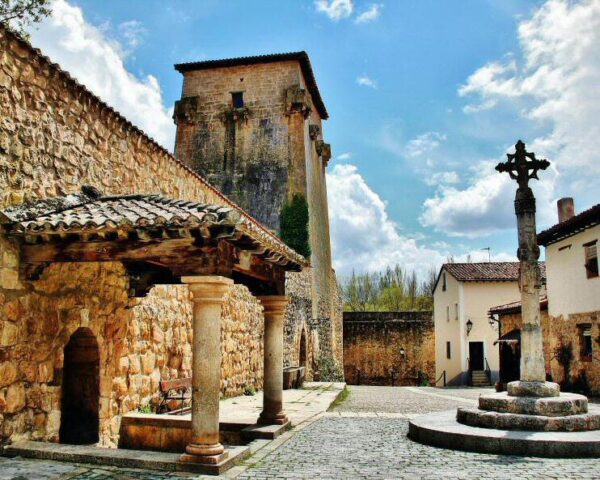
En SpainOf course, there are many charming towns, which also show great architectural diversity (an Andalusian town is not the same as a Castilian one).
But years ago there were really few that were well preserved, especially in comparison with those mentioned above. towns of england or from other European countries, such as the very pretty towns in the south of France.
Covarrubias, beautiful town in Burgos
covarrubias, which you find 40 kilometers southeast of Burgos, is undoubtedly one of the most beautiful villages in Spain.
And the truth is that during your visit it will largely remind you of the aforementioned English or French medieval towns.
covarrubias It contains a charm that well justifies even a getaway from Madrid. even if it's just to eat and spend a day, as it is an ideal town for a quiet walk.
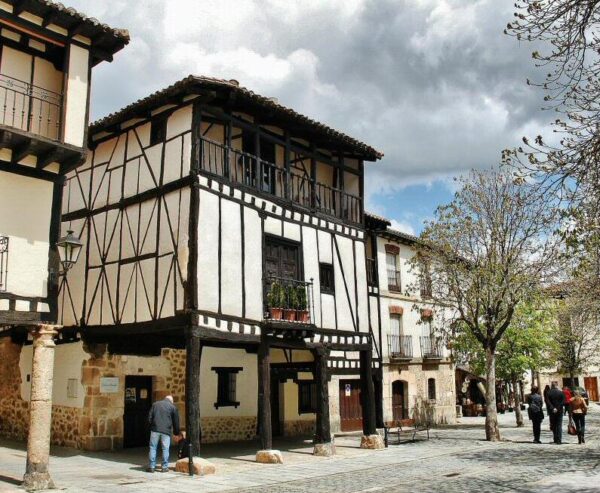
You just have to park your car at the entrance to move around, walking through its different streets and squares, discovering beautiful corners that are a good example of the Castilian rural architecture.
White facades and half-timbered wood, well maintained, forming a complex of great beauty.
Curiosities history of Covarrubias
But in addition to architecture, you should know that Covarrubias has a long history with vestiges dating back to long before the presence of the Romans.
But it was the Visigoth king Chindasvinto who in the 7th century built the wall and the primitive Church of San Cosme and San Damiano, which in the 15th century was rebuilt with Gothic architecture.
From that time around covarrubias you can also find two old Visigothic hermitagesThat of Quintanilla de las Viñas y Market Barbadillo.
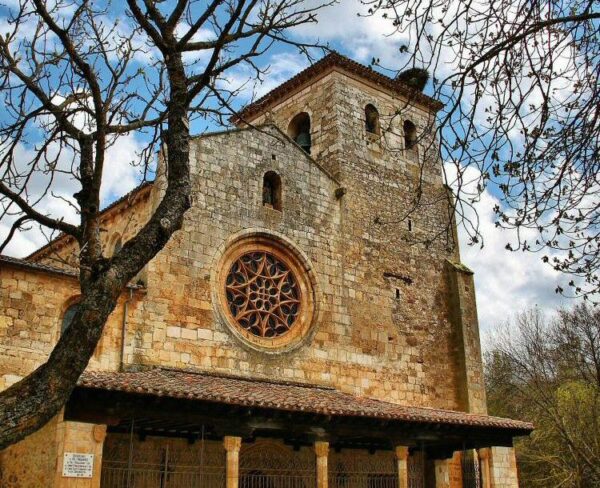
But its history is above all marked by the figure of Fernan Gonzalez, who was the unifier of Castile during the Reconquest of the Saracen occupation.
And it's with his son Garcia Fernandez when in the year 978 the Infantado of Covarrubias, which for 200 years was ruled by the Infantas of Castile.
Best places to see in Covarrubias
In view of your visit, below we are going to detail what the most interesting places to see and visit in Covarrubias.
Tower of Fernán González
On your walk you will find a plaque tribute to the founders of covarrubias, among them, the Visigoth king Chindasvinto (year 673) and the aforementioned Count Fernan Gonzalez (970)
ORGANIZE your TRIP
- Don't forget your TRAVEL INSURANCE with a 5% discount
- Book the HOTEL for your trip
- RENT a CAR for your trip
- The best TOURS and EXCURSIONS in Spanish
- NO-LINE TICKETS for museums and monuments
- Best FREE TOURS around the world
- Book your TRANSFER from the airport
- eSIM card with INTERNET at the best price
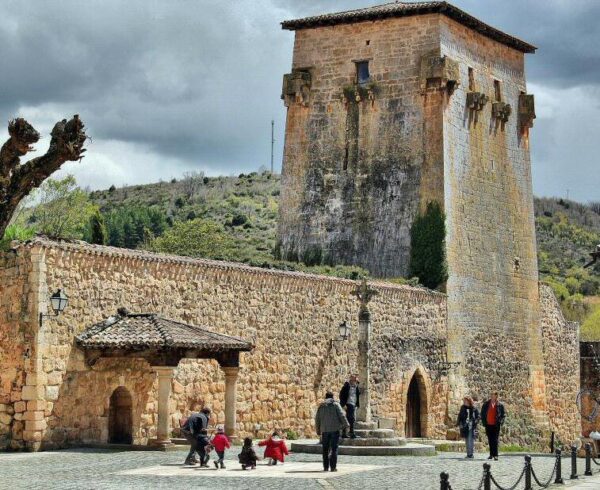
You will arrive at the beautiful corner of the imposing Tower of Fernán González, defensive tower from the 10th century, the oldest preserved in Castile, in front of which is a beautiful 16th century transept.
You can visit this tower and inside you can see a exhibition of siege weapons from the Middle Ages, and here you can consult schedules and ticket prices.
former Collegiate Church of San Cosme and San Damian
Behind it you will see the beautiful façade of the former Collegiate Church of San Cosme and San Damiano, next to the promenade that runs along the shore of the Arlanza River.
It is a 15th century building, with three naves, four chapels, a cloister and a 16th century organ, the oldest still in operation in Castile.
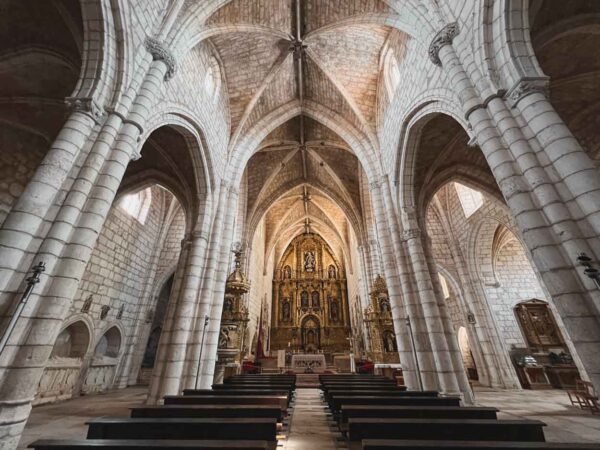
When visiting the interior of the old collegiate church you can see the cloister, the museum and the triptych of the Adoration of the Kings, from the 15th century.
In the presbytery, next to the High altar, Is the tomb of Fernan Gonzalez, and next to the epistle is the early christian roman sarcophagus from the 4th century that was reused as his wife's tomb Doña Sancha of Pamplona.
The Visiting hours of the former Collegiate Church of San Cosme and San Damián in Covarrubias They are, from Tuesday to Sunday, from 10,30:14 a.m. to 16,30 p.m. and from 18,30:XNUMX p.m. to XNUMX:XNUMX p.m.
On Mondays it is closed for visits.
Monument to Princess Kristina of Norway
In front of the collegiate church you can see the Princess K monumentristina from norway, who arrived in Spain in the year 1257 to marry the infant Don Felipe, brother of King Alfonso X the Wise.

In the cloister of the old collegiate church is the sarcophagus where the remains of Princess Kristina rest.
Old wall of Covarrubias
From the almost complete Wall which in the 10th century the Visigoths built on a previous Roman structure, you can still see a large section restored to the south of the town, on the banks of the Arlanza River.
In the 16th century the wall was demolished in order to alleviate the pestilence that was in the town due to cholera.

House of Doña Sancha
Among the latests Moravia's compositions half-timbered houses that you will be able to see on your walk through this Castilian town, is the icon of the traditional architecture of the Covarrubias town.
It is known as the House of Doña Sancha, from the 15th century, with its adobe facade and the classic half-timbered.
Church of Santo Tomas in Covarrubias
Another church worth highlighting in Covarrubias is that of St Thomas, originally built in the 12th century, although the building we see now is from the 16th century.
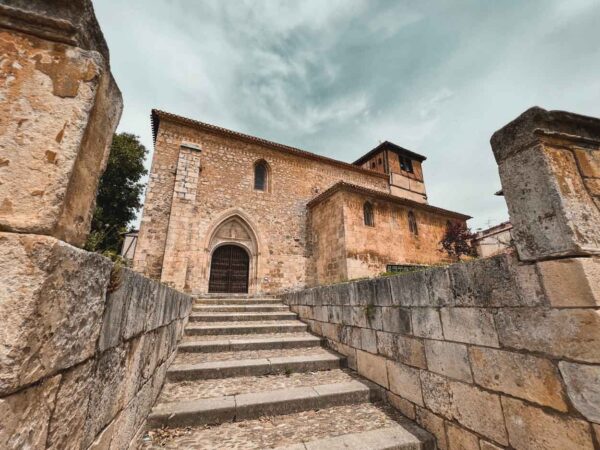
Inside there is a plateresque staircase, the great artistic jewel of the church, as well as its Romanesque baptismal font, six altarpieces and the 18th century organ.
Covarrubias Town Hall Square
The town also has a typical Town Hall square, where the characteristic aesthetics of the half-timbered houses.
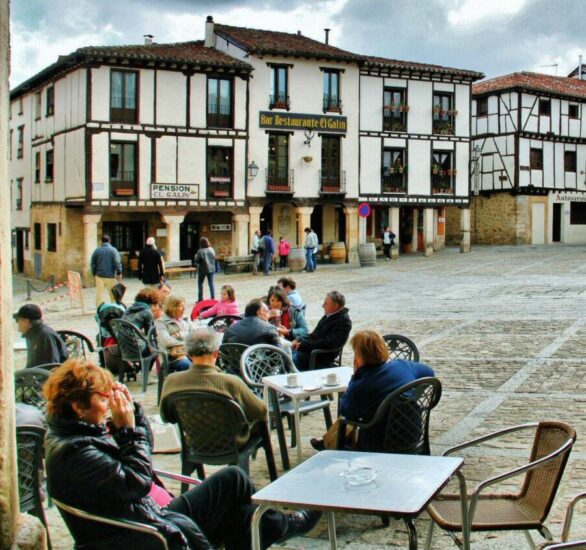
Book Museum
And very close you can cross under the passage of the building of the Archive of the Adelantado of Castile, built in 1575 by someone who was a doctor of the king Philip II.
This building, located to the north of the town, will be your exit from the historic site or the entrance to it, and on the ground floor you will find the Tourist Office.
Don't forget your Travel Insurance
Are you organizing your trip or getaway? Don't leave without take out your travel insurance before, and here we explain why. If you hire it with us, you have a 5% discount
On the two upper floors you can visit a book museum, with outstanding reproductions, like those of the first codex in history.
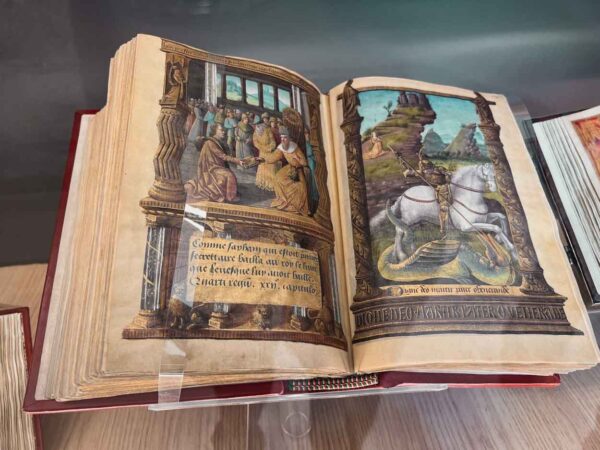
The Visiting hours of the Libro de Covarrubias museum They are, from Thursday to Saturday, from 10 a.m. to 14 p.m. and from 16,30:18,30 p.m. to 10:14 p.m., and on Sundays, from XNUMX a.m. to XNUMX p.m.
Hermitage of Saint Olav
Three kilometers from Covarrubias you find a curious corner, the Hermitage of Saint Olav, a building built in the current 21st century as an “exotic” cultural space and north-south axis of Europe.
The original building has been architecturally based on the pre-Romanesque church of Santa Cristina de Lena, in Asturias, and has been historically inspired by the presence in Covarrubias seven centuries ago of the Princess Kristina of Norway, who wanted a church to be built in honor of the Norway pattern.

Where to eat in Covarrubias
For your getaway, we are going to recommend a special place, the Doña Sancha Tavern, which is located in one of the emblematic buildings of the town, the aforementioned House of Doña Sancha.
It is a recently opened establishment that offers, in addition to typical food and tapas from the area, DO Arlanza wines y craft beers.
Map: how to get to Covarrubias in Burgos
covarrubias It is located half an hour by car south of the city of Burgos and just over two hours north of Madrid.
Photos of Covarrubias in Burgos
So that you can better appreciate the special charm of this medieval town in the province of Burgos, here you have more photos.



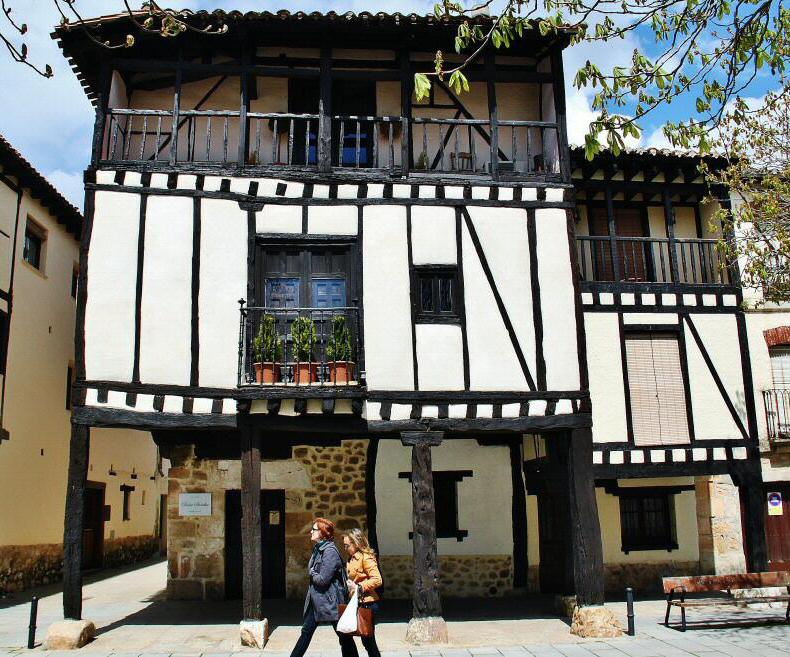

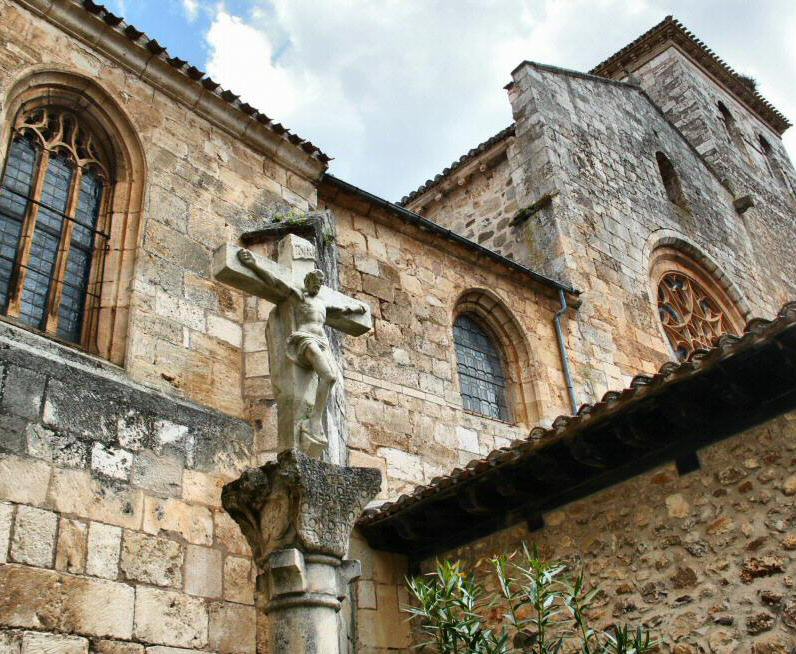

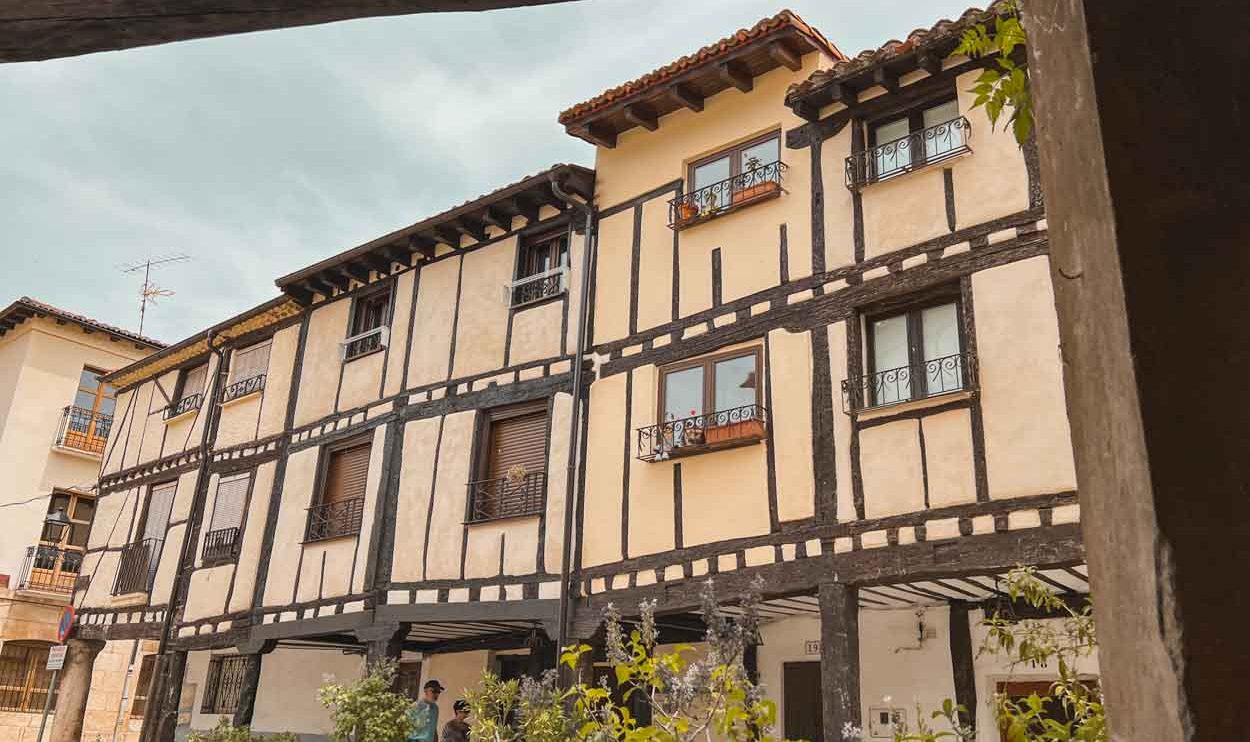

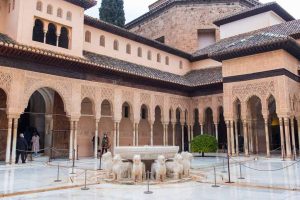
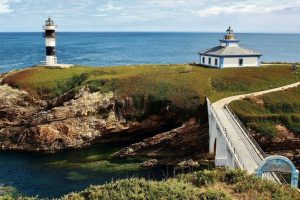











It's curious, because I have a painting by my countryman GINER BUENO, who was surely in that town, hence his painting, which is the only one I know of from that town. Thanks to that painting I know more about Covarrubias.
Covarrubias is beautiful but I miss zipi the dog who has photos all over Spain
We want to visit Covarrubias if possible on Saturday, July 8
in the morning, we are two people. Thank you
We request in advance a guided tour of Covarrubias for 20/25 people on May 28 (Sunday afternoon).
We already see in your information that on Sundays they do not have guided tours (but you can always make an exception).
Greetings. Aurora Alvarez
Richard.
Aurora, for guided tours of Covarrubias you must write to the Covarrubias town hall, by email tourismcovarrubias@diputaciondeburgos.net, which is where they are managed
We only inform about them
Greetings and have a good trip to Covarrubias
Covarrubias is beautiful. The photographs you have taken remind me of Peñaranda de Duero, a lesser-known town in the Ribera del Duero in which the square brings together the church, the cruise, the inn, the palace and some normal rural-style houses.
A greeting.
Covarrubias is, without a doubt, the best kept secret of the Arlanza Triangle and it is probably one of the most international towns in Burgos, being twinned with Tonsberg thanks to the incredible trip of Cristina from Norway. We were also surprised that there was a small figure dedicated to the Virgin of the Cherry.